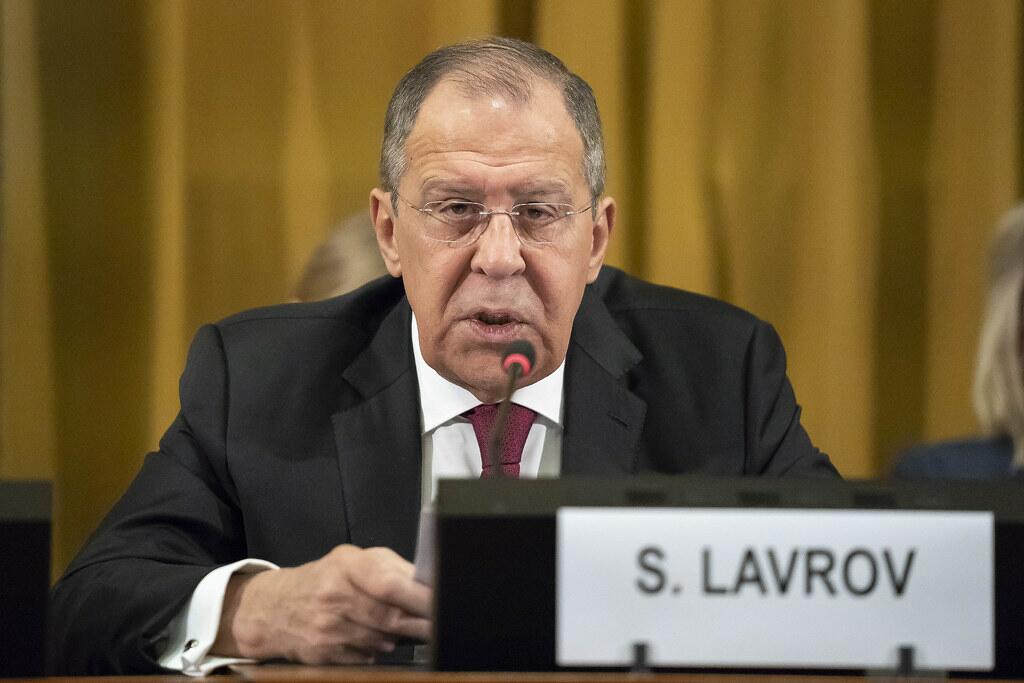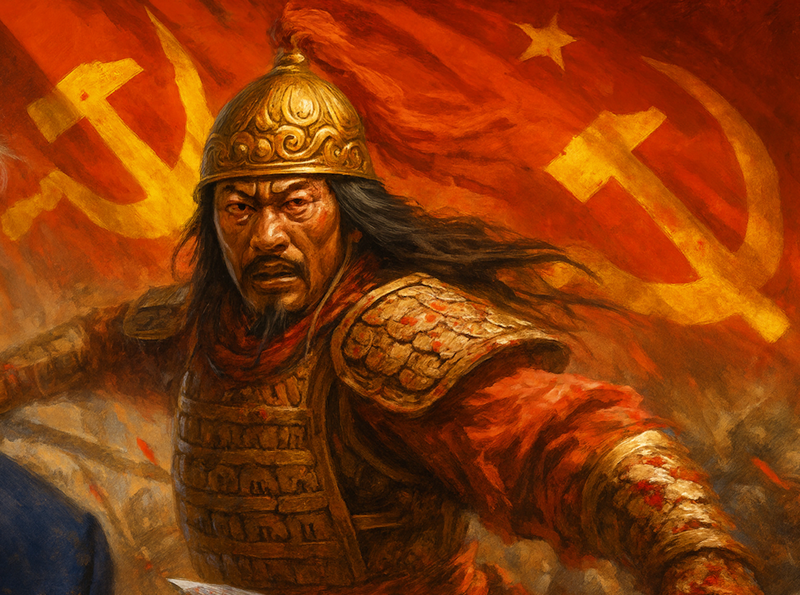Операция «Попай»: как американцы убили климатическим оружием 100 тысяч вьетнамцев
В последние десятилетия на планету обрушилось столько стихийных бедствий, что многие начинают сомневаться в их естественном происхождении. Всё чаще звучат разговоры о секретном климатическом оружии, которое способно вызывать ураганы, землетрясения и катастрофические ливни. Вероятно, такие предположения имеют под собой основания, ведь человек уже давно научился влиять на силы природы. Но полностью подчинить их себе пока не удаётся никому. Операция «Попай», проведённая американцами во время войны во Вьетнаме, лишь подтверждает эту мысль.
Предпосылки операции «Попай»
После Второй мировой войны сильнейшие державы мира срочно приступили к перевооружению. Страны ясно увидели уязвимости существующих вооружений, поэтому разработки новых начались незамедлительно. Ученые ускорили работу над совершенствованием ядерного оружия и созданием реактивной авиации. Одновременно шли исследования в области климатического оружия, которое считалось абсолютно новым направлением.
Война во Вьетнаме, длившаяся с 1955 по 1975 год, превратилась в полигон для испытания новых вооружений. Именно там впервые использовали климатическое оружие в реальных боевых условиях. Правда, к этому методу прибегли не сразу. К 1966 году стало ясно: обычное оружие не справляется с партизанами, которые мастерски использовали джунгли и Тропу Хо Ши Мина — сеть путей для снабжения войск. Тогда в игру вступила наука. Американцы решили, что если нельзя победить врага силой, можно утопить его инфраструктуру.
Секретная экспериментальная операция получила название «Попай» — в честь персонажа популярного тогда американского мультфильма. Проект возглавил доктор Дональд Хорниг, советник президента США по науке и технологиям. Главной целью операции было распыление химических реагентов в дождевых облаках, чтобы существенно увеличить количество осадков.
Как работало климатическое оружие?
Операция «Попай», началась 20 марта 1967 года. Её суть была простой, но пугающей: с помощью химических реагентов, в основном йодида серебра, американцы вызывали ливни над Вьетнамом. Эти дожди должны были размыть дороги, затопить поля и оставить партизан без еды и оружия.
Технология была почти как из фантастического фильма. Транспортные самолёты C-130 «Геркулес» и истребители F-4 °C поднимались в небо во время сезона дождей — с марта по ноябрь. Они распыляли йодид серебра в облака, и те «взрывались» осадками. По данным источников, количество дождей увеличилось в три, а местами в семь раз!
Первый неудачный опыт
Первый опыт применения климатического оружия сложно считать удачным. В октябре 1966 года ВВС США распылили йодид серебра над облаками, которые ветер гнал в сторону позиций повстанцев. Но события развернулись не так, как планировалось. Вместо этого мощный ливень обрушился на американский спецназ, находившийся на передовой. За какие-то 4 часа выпало 23 сантиметра осадков, которые практически смыли позиции янки.
Хотя результат оказался противоположным задуманному, стало очевидно, что система действительно работает. Оставалось лишь уточнить расчеты и внимательнее отслеживать погодные условия. После этого испытания продолжились на востоке Лаоса, в районе плато Булавен и дельты реки Конг, где от осадков страдало и мирное население. Эксперименты шли пять лет подряд — каждый сезон дождей, с марта по ноябрь.
Масштабы климатической войны
Операция «Попай» продолжалась с сентября 1967 по июль 1972 года и была относительно успешной, продлив сезон муссонов с обычных 30 до 45 дней. Пять лет непрерывного воздействия на климат целого региона — это беспрецедентный эксперимент в истории человечества. За годы войны с американских самолетов было распылено более 5 миллионов килограммов йодида серебра.
Для операции применялись специально оборудованные самолеты WC-130A. Пилоты регулярно совершали секретные вылеты, распыляя химические реагенты над облаками Вьетнама, Лаоса и Камбоджи. Местные жители даже не догадывались, что над ними проводят эксперименты. Привыкнув к постоянному гулу американских самолетов высоко в небе, они считали: если нет бомбежек и ядовитых веществ, значит, ничего опасного не происходит.
Катастрофа, унесшая тысячи жизней
Климатическое оружие оказалось не только эффективным, но и разрушительным. По оценкам, из-за вызванных ливней было затоплено около 10% территории Вьетнама. Пострадал и соседний Лаос, где формально войны не было. Ливни уничтожали посевы риса, лишив миллионы людей еды. Паводки смывали с лица земли дороги, а вышедшие из берегов реки разрушали целые поселки.
Наводнения уничтожили посевы. Размытые дороги парализовали снабжение, а оползни и паводки унесли тысячи жизней.
Американцы смогли достичь и кое-каких стратегических целей. Дожди размыли легендарную «Тропу Хо Ши Мина» по которой активно перемещались северовьетнамские войска. Тропа эта представляла собой целую сеть дорог и тропинок в джунглях, незаметных с воздуха и потому практически неуязвимых для американской военной авиации. Ситуация со снабжением повстанцев стала критической.
Как известно, природа не прощает грубого вмешательства в свои дела. В 1971 году ситуация окончательно вышла из-под контроля, и к концу лета разразилось катастрофическое наводнение. Урожай был полностью уничтожен, а десятки населенных пунктов смыты потоками воды. По приблизительным оценкам, стихия унесла жизни около 100 тысяч человек. Точное число жертв, вероятно, так и останется неизвестным.
Чудовищные последствия военного эксперимента зафиксировал на своих снимках японский фотограф-документалист Кёити Савада (Kyoichi Sawada). Самая известная его работа называется «Спасение бегством». На ней женщины из Южного Вьетнама с тремя детьми пытаются переплыть бушующую реку. Фотография принесла Кёити Пулитцеровскую премию, после чего фотограф нашел семью с фотографии и отдал ей половину вознаграждения.
Оправдания США и конвенция ООН
Долгое время операция «Попай» оставалась строго засекреченной. Власти США категорически отрицали причастность к разгулу стихии. Чтобы отвести подозрения, американцы привлекли известных ученых. Те заявили, что в случившемся виновато природное явление под названием «Ла-Нинья». В это поверили далеко не все, ведь подобных наводнений в обозримой истории Юго-Восточной Азии никогда прежде не наблюдалось.
В 1971 году журналист Джек Андерсон опубликовал расследование в The Washington Post. Позже подробности всплыли в документах Пентагона и статьях New York Times. Администрация Никсона продолжала всё отрицать, но факты говорили сами за себя. Общественность узнала, что их правительство не просто ведет войну, но и вмешивается в природные процессы в глобальном масштабе. Это стало одним из самых громких скандалов эпохи.
Под давлением общественности Пентагон закрыл программу в 1972 году. А в 1977 году ООН приняла Конвенцию, запрещающую использование климатического оружия. Правда, эксперты говорят, что в документе есть лазейки, а интерес к подобным технологиям никуда не исчез. Вряд ли конвенция полностью остановила стремление использовать силы природы в военных целях. Скорее всего, разработка таких технологий продолжается, просто обычные люди не представляют, чего уже достигли ученые и военные. Правда, сегодня об этом открыто говорят только в контексте теорий заговора.
Related Articles
Please log in to post a comment:





